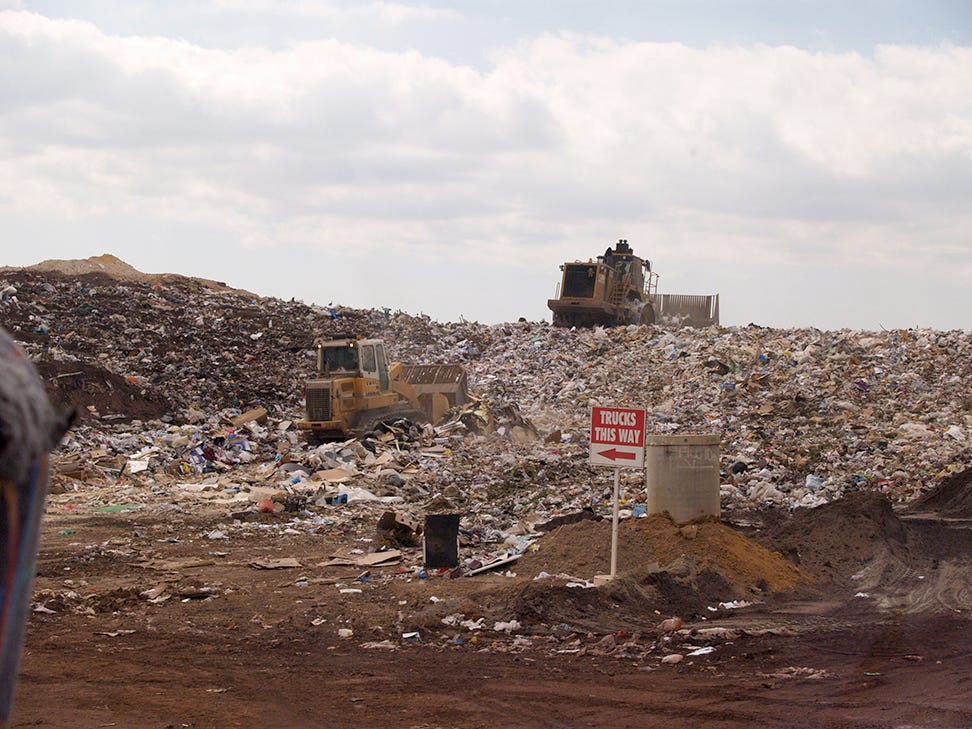This is the weekly newspaper column.
Wine’s glass bottle blues 9-14-2022
Winemakers are among the most conscientious stewards of the environment. When vineyards pass down for generations and some of your creations will not be consumed for decades, thinking long term and big picture becomes part of your DNA.
Several studies show glass bottles account for the largest percentage of the wine industry’s greenhouse-gas emissions. Glass production involves a large amount of heat and energy. Bottles and packing material needed to protect bottles are heavy, driving up transportation costs both in dollars and pollution.
Many wine bottles are a one-use item. Then they go to landfills where they will last for thousands of years. There is some recycling, but less than one-third of glass is recycled in the United States. Europe does better with around 75 percent. In many cases, however, recycling does not mean melting to make new glass. Much of “recycled” glass is crushed and used to make paving material.
Schemes to buy back bottles and reuse them haven’t worked well so far. Even when people return bottles, cleaning the bottles—especially removing labels—is problematic.
If you ignore environmental concerns, there remains the problem of cost. Wine bottle costs continue to spiral, increasing 20 percent in the last two years. Bottles from China, a major supplier for the U.S., face a 25 percent tariff. Many of Europe’s bottles were made in Ukraine. The Russian invasion virtually eliminated that source.
Winemakers respond by exploring options. Cans are easier to recycle, but require significant energy to manufacture and limit aging to about 18 months. Bag-in-a-box wine is environmentally friendly and costs much less to transport, but does not work for aging wine. Plastic bottles and cartons like those used for milk and juice have a similar problem. The alternatives work for wine expected to be consumed young, but not when bottle age is essential. Barolo riserva, for instance, legally cannot be sold until four years of bottle aging and is best after 10 years.
Glass wine bottles won’t go away. Reusing bottles and recycling more glass must be in the future, along with alternative packaging.
Tasting notes:
• Bota Box Breeze Dry Rosé, California: Fresh red fruits, low-alcohol, low carbs. $20-23 for 3 liters, equivalent to $5-6 a 750 ml bottle. Also comes in 1.5 ml box, 500 ml carton (similar to a juice carton). Containers are 100% recyclable. Link to my review
Last round: What do you call a Frenchman in sandals? Phillipe Phloppe. Wine time.
Email: wine@cwadv.com
Newsletter: gusclemens.substack.com
Website: gusclemensonwine.com
Facebook: facebook.com/GusClemensOnWine/posts/
Twitter: @gusclemens
Links worth exploring
Diary of a Serial Hostess Ins and outs of entertaining; witty anecdotes of life in the stylish lane.
As We Eat Multi-platform storytelling explores how food connects, defines, inspires.
Balanced Diet Original recipes, curated links about food systems, recipe reviews.















Share this post